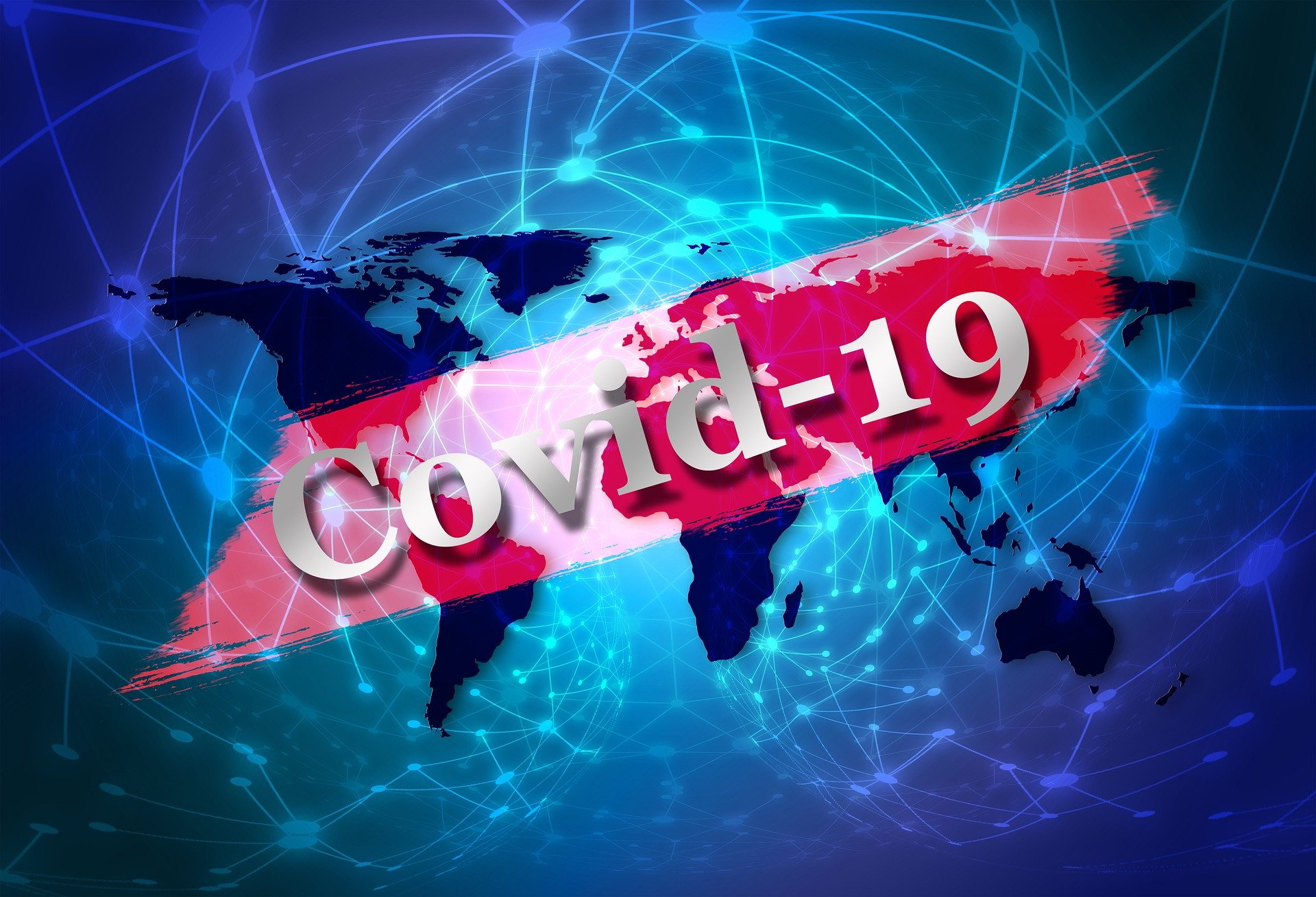Using AI in the Hiring Process: Navigating Potential Bias
Reading Time: 2 minutesSome businesses are starting to use AI to assist them in the hiring process, and this trend may continue to gain momentum as the capabilities of AI increase. For employers using AI in the hiring process, it is important to be careful about the risk of bias associated with using AI.
Using AI systems – Risk of Bias
From an employment law perspective, there is risk of discrimination or bias in the hiring process based on human decision-making. That risk will continue to exist as AI is increasingly used in the hiring process since AI systems are (at least for now) created by humans and prone to exhibiting biased decision-making.
AI systems can be biased for two main reasons: biased training data and programming errors.
First, AI systems learn from data, and if the data used to train them doesn’t represent all groups of people equally, the system can make biased decisions. For example, if a facial recognition program is trained mostly on data of white people, it may struggle to recognize faces of people of color accurately, leading to inaccurate results.
Second, biases can also appear if the people who create the AI systems unintentionally or consciously program their own biases into the software. This can happen if certain factors, like income for example, are given too much weight in the AI algorithm’s decision-making process, unintentionally discriminating against people of a certain race or gender.
The use of AI in hiring can increase the risk of discrimination because these biases are often hidden and hard to detect due to the complexity of AI models.
While researchers are working to reduce AI bias, it’s still uncertain whether the problem will ever be fully eliminated. For now, employers should be cautious and apply human oversight when using AI in hiring to ensure a diverse pool of candidates.
Canadian Legislation
Canadian lawmakers are starting to introduce legislation responding to the growing use of AI in the hiring process. At the federal level, the proposed Artificial Intelligence and Data Act (“AIDA”), is presently under legislative review and will provide a national regulatory scheme for AI.
Ontario’s Working for Workers Four Act, 2024 (the “Act”) is the first legislation passed in Canada which directly addresses the use of AI in the employment sector. The Act specifically addresses artificial intelligence in the hiring process by amending the Ontario Employment Standards Act, 2000 to require employers to disclose the use of AI in the screening, assessment or selection process for applicants to a job position.
The Act received Royal Assent on March 21, 2024, and the amendments related to disclosing the use of AI by employers in the hiring process will come into effect on January 1, 2026.
We expect that other provinces, including British Columbia, will pass similar legislation in time.
In the absence of provincial legislation, BC employers using AI in the hiring process should remain alert to the possibility of bias in the AI system, and should seek to mitigate that risk with human oversight to ensure they are not discriminating against potential applicants.
If you would like more information about using AI in the hiring process, please contact any member of our Employment and Human Rights Group.
We thank Articled Student Ajay Gill (2024/2025 year) for his contributions to this article.
-
The unprecedented circumstances around the COVID-19 pandemic have many employers looking for answers to complex questions in a hurry. As a service to our clients, here are some of the questions we have been asked most often in recent days.
-
The Trudeau government made good on its promise to extend parental leave from 12 to 18 months. Initially, this promise only applied to workers in federally regulated workplaces. However, on April 6, 2018, the BC Government introduced Bill 6, Employment Standards Amendment Act 2018 which will amend the BC Employment Standards Act (the “ESA”). Some of the proposed changes relate to maternity and parental leave. On May 17, 2018, Bill 6 came into force by Royal Assent. My colleague, Nicole Mangan, and I sum up these key legislative changes.







